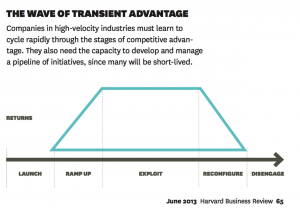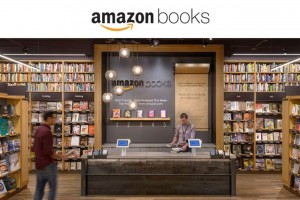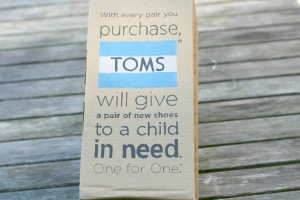This blog post encourages us to take an interesting stance, one that is not against failure, but for failure, describing failure as an “essential part of innovation”. The fault with our culture is that we are too bounded to the metrics that reward only success. However, even innovative, well-thought out ideas can result in failure and this failure is far from a bad thing, because lessons can be learnt from the mistakes. Ultimately, these “smart failures” should rewarded.
Though the blog post is geared towards business and supplier innovation, I think its message can be extrapolated into our daily lives as students here as well.
The competitive atmosphere at Sauder’s business school nurses a fear of not excelling, of not succeeding, and of failure. Because of this, maybe we are being too cautious and overly concerned about fitting in: taking the right courses, making the right connections, building the right network.
Certainly these are important, but maybe, like these businesses, our caution and fear of failure are preventing us from taking a risk to be different and to be innovative.
At Me Inc.’s workshop Amplify, the ending keynote closed with a challenge to take the unconventional route with our education – what would you do if you had no fears?




